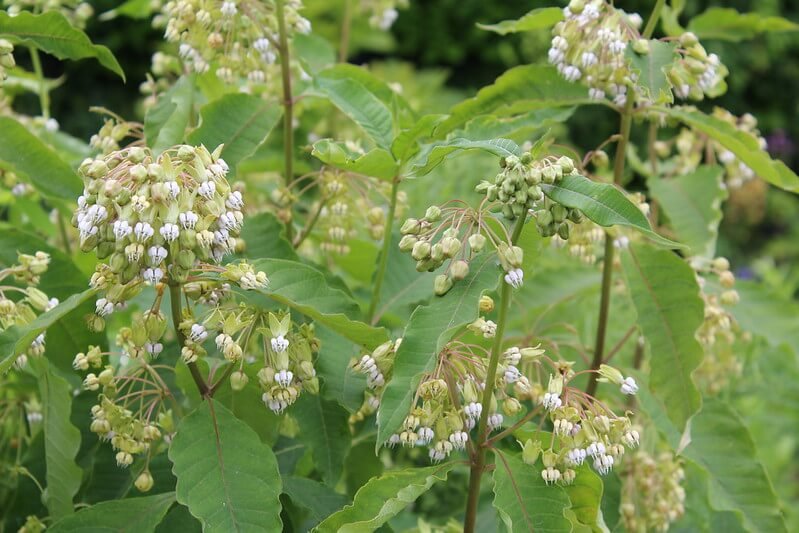Short’s Aster (Symphyotrichum shortii)
A shade-loving aster, what a gift! It is so nice to have a late bloomer that gives some color to the shade and that the native bees love. It attracts many native bees, butterflies, and moths along with many other insects. It is the host plant to the Pearl Crescent and 43 other species of butterflies and moths in our area (illnoiswildflower.info). Short’s Aster also has 7 specialist bees that depend on it (illnoiswildflower.info).
Photo credit: John Blair
A shade-loving aster, what a gift! It is so nice to have a late bloomer that gives some color to the shade and that the native bees love. It attracts many native bees, butterflies, and moths along with many other insects. It is the host plant to the Pearl Crescent and 43 other species of butterflies and moths in our area (illnoiswildflower.info). Short’s Aster also has 7 specialist bees that depend on it (illnoiswildflower.info).
Photo credit: John Blair
A shade-loving aster, what a gift! It is so nice to have a late bloomer that gives some color to the shade and that the native bees love. It attracts many native bees, butterflies, and moths along with many other insects. It is the host plant to the Pearl Crescent and 43 other species of butterflies and moths in our area (illnoiswildflower.info). Short’s Aster also has 7 specialist bees that depend on it (illnoiswildflower.info).
Photo credit: John Blair
Life Cycle: Perennial
Sun Exposure: Partial, Shade
Soil Moisture: Medium, Medium-Dry
Height: 3 feet
Plant Spacing: 1-2 feet
Bloom Time: August-October
Bloom Color: Violet-blue
Advantages: Pollinator Favorite, Bird Favorite
Host Plant: Pearl Crescent and 43 other species of butterflies and moths in our area (illnoiswildflower.info)
Specialist Bee: Colletes simulans armata, Andrena asteris, Andrena asteroides, Andrena hirticincta, Andrena nubecula, Andrena simplex, and Andrena solidaginis. (illnoiswildflower.info)







